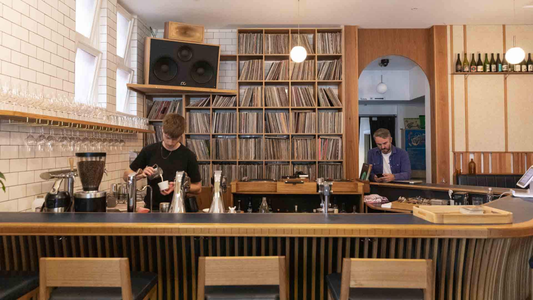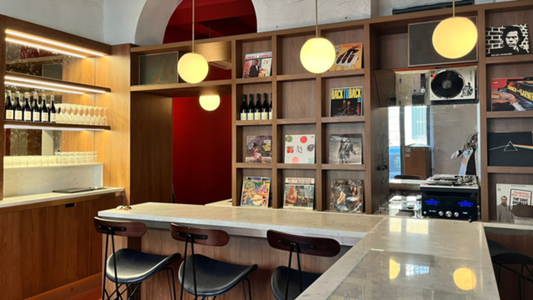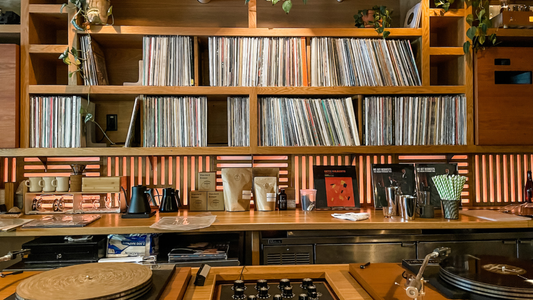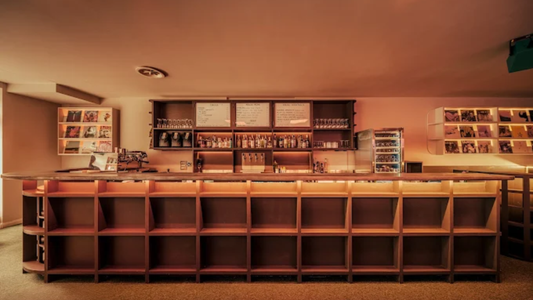
The Listening Room at Home
From hi-fi lounges to small sanctuaries — the new domestic sound space.
By Rafi Mercer
Every movement that begins in public eventually finds its way home. The listening bar, once a quiet rebellion in the city’s backstreets, has now become an idea people want to live with — not just visit. What began as a culture of spaces is becoming a culture of rooms.
The listening room is not new. In the 1960s, hi-fi lounges were architectural features: low sofas, wood veneer, turntables gleaming like instruments. Then came the decades of compression — sound reduced to convenience, the ritual forgotten. Now, as attention returns, so does the room built for it.
What defines the modern home listening room:
- Intention — sound becomes the purpose of the space, not its decoration.
- Scale — right-sized systems that suit the rhythm of domestic life.
- Texture — materials that calm, soften, and hold resonance.
- Light — low, warm, and directional; ambience as acoustic cue.
- Solitude — a place to pause, not perform.
It doesn’t need to be grand. A listening room can be a spare bedroom, a corner of a living space, a reclaimed study. What matters is focus: a chair facing the soundstage, the turntable within reach, the record sleeves close by. A place where listening is deliberate, not incidental.
These small domestic sanctuaries are appearing everywhere. In Copenhagen apartments, in Brooklyn lofts, in the quiet suburbs of Kyoto. The architecture changes, but the intention is the same — to create one pocket of stillness in a noisy world.
Designers are responding. Acoustic panels disguised as artwork, integrated racks for vinyl, modular furniture that turns a living room into a soft stage. Even interior trends — curved lines, natural fibres, muted tones — echo the ethos of listening: balance, tactility, calm.
A listening room is not an indulgence; it’s a recalibration. It says that the way we live should support the way we hear. The quiet at home becomes an act of care — for ourselves, for others, for the music that sustains us.
The great paradox of sound is that it needs silence to exist. The listening room is where we build that silence, so that everything else can follow.
Quick Questions
Do I need a dedicated room for listening?
Not necessarily — just a defined space where music can take priority, even briefly.
How can I create one?
Start small: a good chair, balanced speakers, dim light, and permission to pause.
Why does it matter?
Because a home that listens back becomes calmer, warmer, and more human.
Rafi Mercer writes about the spaces where music matters.
For more stories from Tracks & Tales, subscribe, or click here to read more.







